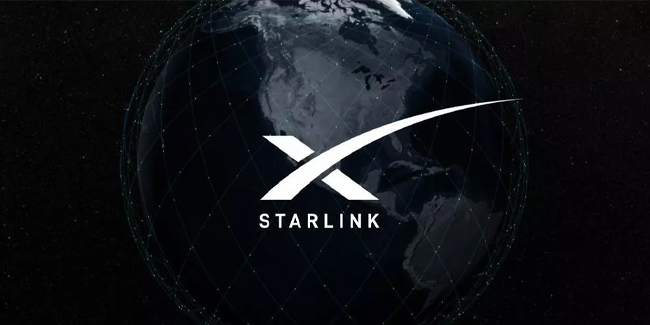Elon Musk claimed that Starlink will have the capability of data transfer as high as the “speed of light”.
SpaceX CEO Elon Musk recently claimed that Starlink satellite internet service will have the capability of data transfer as high as the “speed of light”.

Gizmochina reported that Musk’s Starlink had the potential to deliver high-speed broadband internet to remote locations. With an aim to internationally deliver its services, Starlink was currently operational as a beta for the early birds and was continuously expanding.
The only downside being in the beta stage was the internet speed but it looked like that will be taken care of very soon.
In his tweet last September 2, Musk claimed that Starlink satellite internet service will have the capability of data transfer as high as the “speed of light”.
READ ALSO: Senator Poe: Starlink Can Be New Telco Player In PH
Based on the report, Musk’s SpaceX planned to deploy “laser-equipped satellites” into orbit.
The Starlink network currently relied on a dish, satellites, and ground stations and SpaceX was aiming to get rid of those ground stations that have proved to be a hindrance to fast data transfers because of the long time they took to communicate with the satellites.
With lasers, Musk claimed that the transmission speed was expected to be around “~40% faster speed of light than fiber”. As a result, the public might witness fast internet transfer capabilities without having the need to touch the ground.
Processing is not an issue. Lasers links alleviate ground station constraints, so data can go from say Sydney to London through space, which is ~40% faster speed of light than fiber & shorter path.
— Elon Musk (@elonmusk) September 2, 2021
Also, no need for ground stations everywhere. Arctic will have great bandwidth!
Musk ensured that Starlink will soon cut down the ground station element from the whole of Arctic and also provide enough bandwidths as well.
SpaceX planned to further increase the data capacity by three folds, to reduce latencies to 50ms, and to enhance coverage to polar regions with the help of the company’s second-generation satellites.
Also, SpaceX was accelerating the launch of a little above 1,200 Starlink satellites over the next few months but the company may face a little delay because of rocket oxidizer shortages and a tedious satellite manufacturing process.
Our satellites launching in next few months have inter-satellite laser links, so no local downlink needed. Probably active in 4 to 6 months.
— Elon Musk (@elonmusk) September 1, 2021
For more news and updates, you may feel free to visit this site more often. You may also visit Newspapers.ph via our official Facebook page and YouTube channel.
